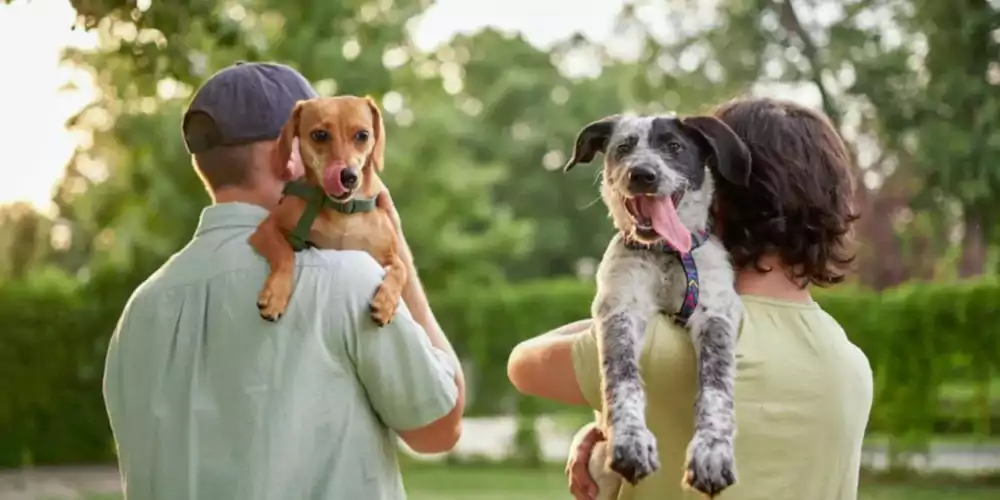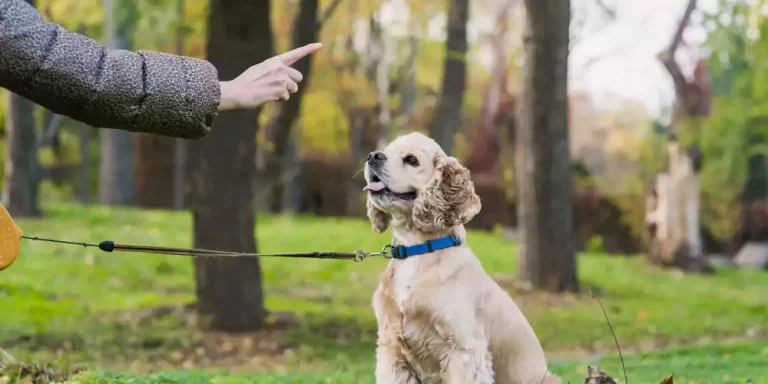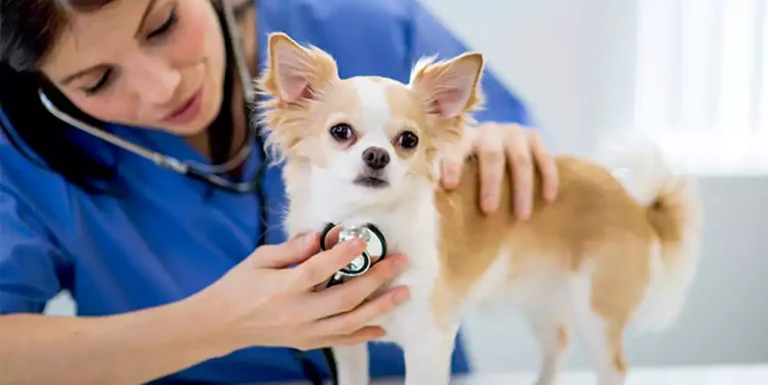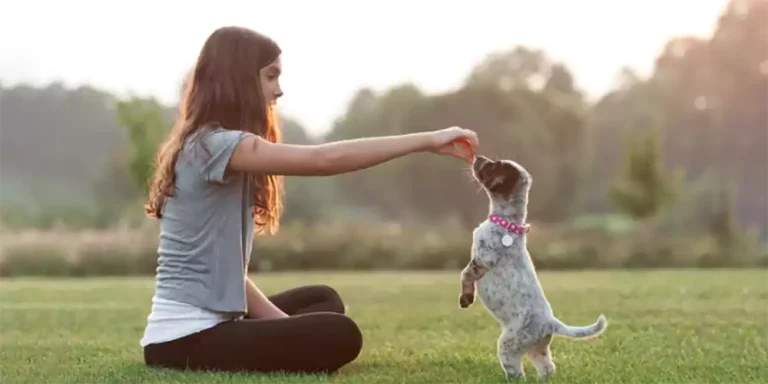Dog Care | How to Take Care of Dog

Having a dog in your life is truly a gift. They offer companionship and provide love and security, making them excellent gatecrashers and pest deterrents. As a responsible pet owner, ensuring your furry friend lives a happy and healthy life with you is important.
Hello readers, Sam here, Here I share some tips on proper dog care to understand better what is not easy and what is not difficult. So let’s walk 🙂
Grooming
Grooming is the first step in my guide on dog care. One way to do that is by having them groomed by an expert. Grooming can help ensure that your dog’s coat is healthy and free from mats and that its nails are trimmed properly. Regularly cleaning their ears can prevent infections.
To keep your dog looking and feeling its best, grooming them every six to twelve weeks is recommended. However, the frequency of grooming may vary depending on your dog’s breed, coat type, and activity level. Regularly grooming your dog can prevent any potential issues with their coat or nails down the road.
Take Your Dog to The Vet
Another important aspect of dog care is to schedule regular check-ups with your vet. Dogs are known for their energetic and playful nature, but they must see a vet at least once every six months to ensure their overall health and well-being. This is especially important if you have an older dog that may not be as active as before.
Regular vet visits can help ensure your dog’s skin, coat, and teeth are in good condition. Maintaining a routine schedule can prevent potential health issues and keep your dog healthy and happy. Remember, prevention is key when it comes to your dog’s health, so don’t hesitate to make those vet appointments a priority!
Feeding
Feeding your dog a well-balanced diet is essential to dog care and overall health and happiness. The frequency of meals depends on your dog’s age and size. Puppies between eight to 12 weeks old must be fed four meals daily, while those between three to six months old require three meals daily.
Once your puppy reaches six months to one year of age, two meals a day should be sufficient. One meal a day is usually enough when your dog turns one year old. However, feeding two smaller meals for larger canines or those prone to bloat is better.
Premium-quality dry food is an excellent option for adult dogs and can be mixed with water, broth, or canned food. While your dog may enjoy cottage cheese, cooked egg, or fruits and vegetables, limiting these additions to no more than ten percent of their daily food intake is essential. Additionally, it’s important to feed puppies high-quality, brand-name puppy food, especially large breed puppies.
It’s best to avoid feeding your dog “human food” as it can cause vitamin and mineral imbalances, bone and teeth problems, and lead to picky eating habits and obesity. Make sure that clean, fresh water is available to your dog at all times, and wash their food and water dishes frequently to prevent any bacteria from growing. Following these simple feeding guidelines can help your dog stay healthy and happy for years to come!
Housing
Housing is the main aspect of my dog care guide. Providing your pet with a comfortable and cozy resting place is essential for their well-being. It’s important to create a warm and quiet environment, away from any drafts and off the floor. A great option is to use a training crate or dog bed and add a clean blanket or pillow for extra comfort. Be sure to wash your dog’s bedding often to keep it fresh and hygienic.
If your dog will be spending a lot of time outdoors, it’s crucial to ensure they have access to shade and plenty of cool water during hot weather. And when it’s cold, ensure they have a warm, dry, and covered shelter to keep them safe and protected from the elements.
Providing your pet with a comfortable and safe resting area can ensure they stay healthy and happy. Your dog will appreciate having a cozy spot to rest and relax, and you’ll be able to enjoy their company for many years to come.
Exercise
Like humans, dogs also need regular exercise to stay healthy, burn calories, and keep their minds stimulated. The amount of exercise your dog requires depends on several factors, such as their breed, age, sex, and overall health. Regular exercise can also help your dog avoid boredom, which can lead to destructive behaviors like chewing on furniture or digging holes in the yard.
Supervised playtime and games are excellent ways to meet your dog’s exercise needs while satisfying their natural instincts to dig, herd, chew, retrieve, and chase. For instance, you can play fetch or tug-of-war with your dog, take them on a brisk walk or jog, or allow them to run freely in a fenced area.
However, it’s important to consider your dog’s individual needs and limitations. For example, certain breeds may require more vigorous exercise, while others may not tolerate exercise well in extreme heat or cold. Always make sure to supervise your dog during playtime and avoid overexerting them, especially if they have any underlying health issues.
By incorporating regular exercise into your furry friend’s daily routine, you can help them maintain a healthy weight, prevent behavior problems, and keep them happy and fulfilled.
Choker and Connectable Labels
If you want to ensure your dog is easily identifiable and safe during walks, you may consider using a choker and connectable labels. This is a great way to keep your dog looking stylish while ensuring its safety.
Simply find a comfortable choker for your dog to wear to get started. You’ll want to make sure it’s not too tight but also not too loose. Once you have the perfect fit, you can attach the connectable labels. These labels can display important information such as your dog’s name, phone number, and any medical conditions your dog may have.
By consistently having your dog wear a choker with connectable labels, you’ll know they can easily be identified and returned to you if they ever get lost. Plus, with a stylish choker, your dog will look great during their daily walks 🙂
Fleas and Ticks
During the warmer months, it’s crucial to perform daily inspections on your dog for fleas and ticks. A flea comb can help you locate and remove fleas on your pet’s coat. Several new fleas and tick control methods are also available, so speaking to your veterinarian about these options is a good idea.
By staying on top of flea and tick prevention, you can help keep your dog healthy and happy. Don’t hesitate to visit our Fleas and Ticks page for more information and tips on protecting your dog. With a little bit of effort in dog care, you can ensure that your dog stays free of these pesky pests and enjoys their time with you to the fullest.
Vaccinations
Ensuring your dog is up to date on its vaccinations is an essential part of responsible pet ownership. Vaccinations help protect your dog from various illnesses and diseases and can even prevent the spread of certain diseases to humans.
We recommend visiting our Pet Vaccinations page to learn more about the vaccinations that your dog may benefit from. It’s important to discuss vaccination options with your veterinarian and determine the best plan for your pet’s individual needs.
By keeping your dog up to date on their vaccinations, you can provide them with the best chance for a healthy and happy life. So be sure to stay informed and take the necessary steps to protect your furry friend.
FAQ’s
Final Words on Dog Care
Welcoming a dog into your home is exciting, and ensuring you have all the necessary supplies is essential. To help you prepare, we’ve put together a handy Dog Supply Checklist:
Following this Dog Supply Checklist can help ensure your dog has everything they need to thrive in its new home. Don’t hesitate to contact your veterinarian or a trusted pet store if you have any questions or need further guidance.
Dog care may seem like a lot of work, but it’s all worth it in the end. By following the tips above, you can ensure your furry companion is happy and healthy. Rest assured that your dog will repay you tenfold with their love and loyalty, which is priceless.
Explore the differences between freshwater and saltwater aquariums. Discover which type of aquarium fits you and your lifestyle by visiting our post Freshwater vs. Saltwater Aquarium: Which Is Right for You?




